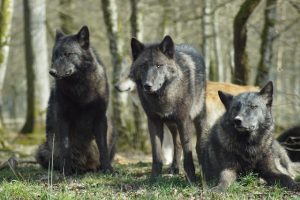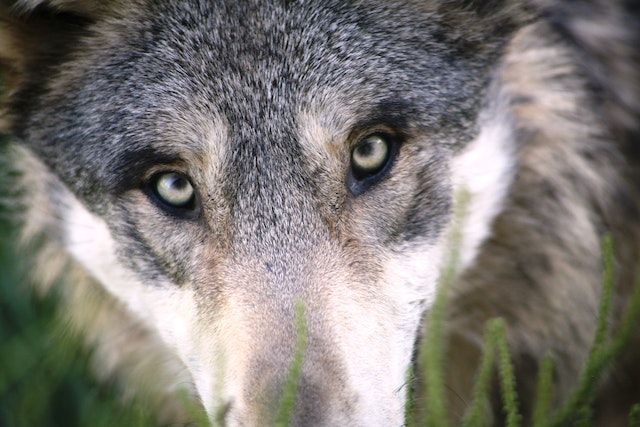Introduction: Wolves – Masters of Social Cohesion In the heart of the wilderness, a symphony of howls resonates through the night—a testament to the intricate social Structure of Wolves. Join us as we embark on a captivating journey to uncover the secrets of wolf pack dynamics, revealing the intricate web of relationships that defines their
Introduction: Wolves – Masters of Social Cohesion
In the heart of the wilderness, a symphony of howls resonates through the night—a testament to the intricate social Structure of Wolves. Join us as we embark on a captivating journey to uncover the secrets of wolf pack dynamics, revealing the intricate web of relationships that defines their existence.
Knowledge Source: Dr. Sarah Mitchell – Wildlife Biologist and Wolf Pack Dynamics Expert Dr. Sarah Mitchell’s extensive fieldwork and research on wolf behavior have unraveled the complexities of their social structure. Her expertise guides our exploration into the fascinating world of wolf packs.
The Pack: A Wolf’s Extended Family
Wolves are highly social animals, relying on cooperative living to thrive in the wild. The pack is their social unit, and its dynamics are crucial for their survival.
Characteristics of Wolf Packs:
- Hierarchy: Packs are organized hierarchically, with an alpha pair leading the group. Subordinate wolves follow their lead.
- Family Ties: Packs often consist of family members, including parents, offspring, and siblings. This familial bond ensures cooperation in hunting and raising pups.
- Territoriality: Packs defend territories that provide sufficient prey and resources. These territories are marked with scent markings and vocalizations.
The Role of Alpha Wolves
Alpha wolves are the leaders of the pack, but their roles extend beyond dominance. They guide the pack’s decisions, including hunting strategies and territory defense.
Dr. Sarah Mitchell: “Alpha wolves are not simply dominant; they are often the parents of the pack and play a vital role in nurturing and protecting their offspring. Their leadership ensures the pack’s cohesion.”
Cooperative Hunting: Strength in Numbers
Wolves are formidable hunters, thanks to their cooperative strategies. They work together to pursue, capture, and share large prey.
Dr. Sarah Mitchell: “Cooperative hunting allows wolves to take down prey that a solitary wolf could not. They coordinate their efforts, utilizing teamwork to secure food for the pack.”

Photo by patrice schoefolt: https://www.pexels.com/photo/black-wolf-on-green-grass-3749012/
Communication in the Pack
Wolves are renowned for their vocalizations, including howling, which serves various purposes such as communicating with pack members, marking territory, and coordinating during hunts.
Dr. Sarah Mitchell: “Howling is a critical form of communication among wolves. It helps them stay connected, signal danger, and announce their presence to neighboring packs.”
Challenges to Wolf Pack Dynamics
Wolves face challenges in the modern world, including habitat loss, conflicts with humans, and disease. These factors can disrupt pack dynamics and survival.
Dr. Sarah Mitchell: “Conservation efforts are essential to protect wolf populations and their ecosystems. Maintaining healthy wolf packs is vital for the balance of nature.”
Conclusion: The Complex Beauty of Wolf Packs
The social structure of wolf packs offers a glimpse into the remarkable world of these apex predators. Their cooperative living, hierarchy, and communication are a testament to the intricate web of relationships that defines their existence.

















Leave a Comment
Your email address will not be published. Required fields are marked with *